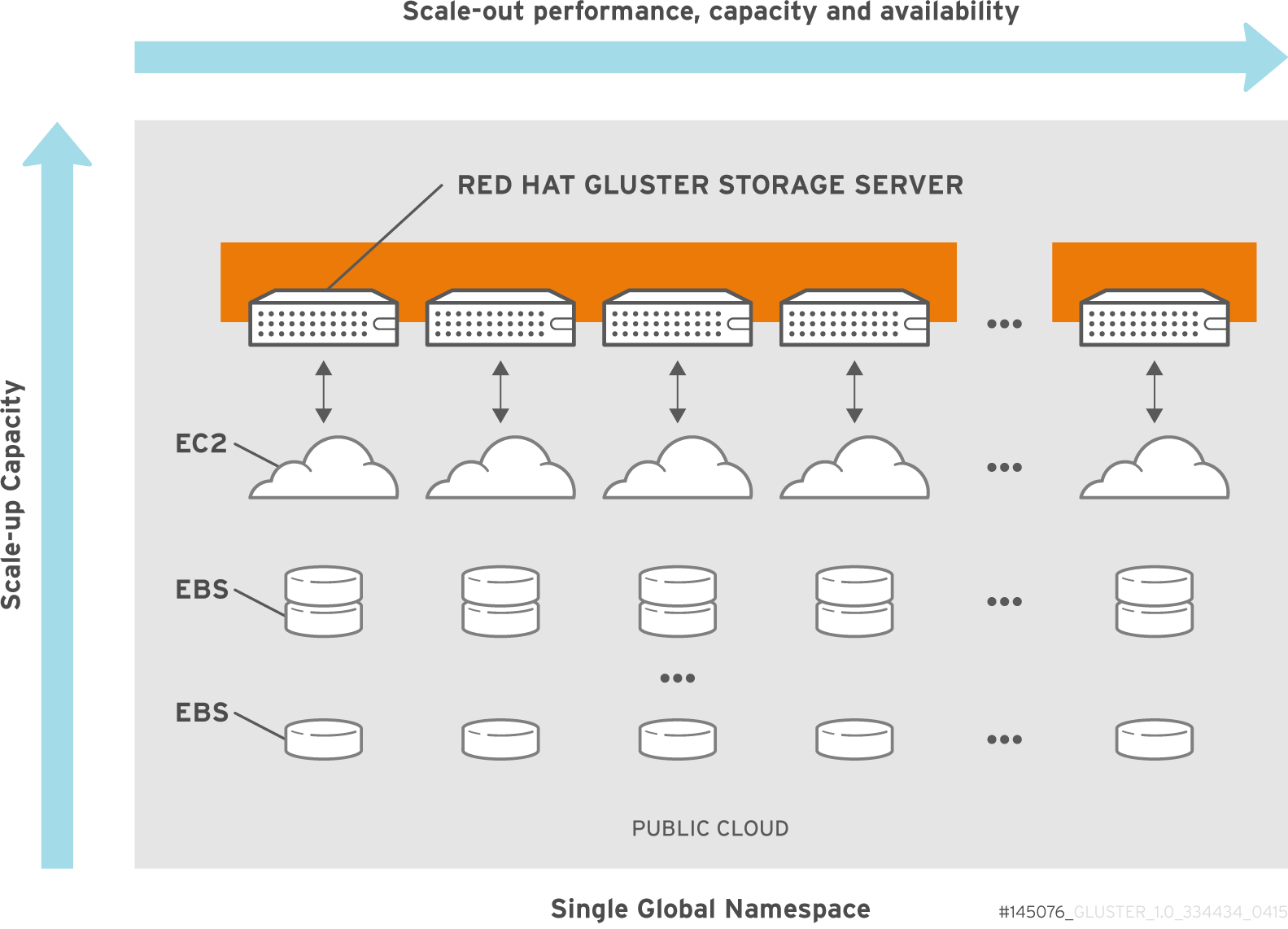Specifically in the storage arena aws provides three popular services s3 elastic block store ebs and elastic file system efs which work quite differently and offer different levels.
Aws cold storage ebs.
Amazon ebs allows you to create storage volumes and attach them to amazon ec2 instances.
With a lower throughput limit than st1 sc1 is a good fit for large sequential cold data workloads.
Aws ebs is a great solution because of its ability to create application consistent snapshots.
2008 ebs elastic block storage launched on magnetic storage.
2016 ebs throughput optimized hdd st1 and cold hdd sc1.
Efs does provide this there will be cases where customers will want to back up their data to a persistent and isolated storage location.
A balanced volume type.
0 045 per gb month of provisioned storage.
2015 larger and faster ebs volumes.
Once attached you can create a file system on top of these volumes run a database or use them in any other way you would use block storage.
Hello and welcome to this lecture where i shall be talking about ebs which is another method of providing storage to your ec2 instances which has different benefits to that of the instance store volumes.
Cold hdd sc1 volumes cold hdd sc1 volumes provide low cost magnetic storage that defines performance in terms of throughput rather than iops.
0 05 per gb month of data stored based on us east n.
Much like instance store volumes ebs also provides block level storage to your ec2 instances.
Unlike some other types of storage volumes it doesn t get deleted when you terminate or stop an ec2 instance.
2015 ebs boot volume encryption.
Aws documentation aws whitepapers aws whitepaper.
2014 ssd backed general purpose storage.
Elastic block store amazon elastic block store ebs provides persistent block storage volumes for ec2 instances.
Cold hdd sc1 provisioned iops ssd io1 use case.
2012 ebs provisioned iops and ebs optimized instances.
How to encrypt an ebs volume.
Amazon ebs snapshots to amazon s3.
Cold hdd sc1 0 025 per gb month of provisioned storage.
What needs to be understood is the scope of ebs as a service when and why to use ebs vs other forms of ec2 accessible storage the various options and limits of ebs the various means of automating ebs volume management knowing how to best utilize ebs storage in conjunction with other aws services to implement an aws infrastructure in keeping with the pillars of the well architected framework.

























